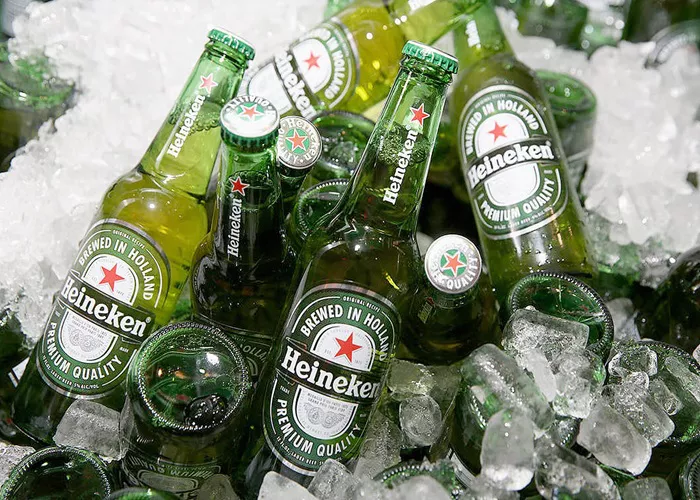Beer is one of the most popular alcoholic beverages in the world, enjoyed by millions of people every day. However, for those who prefer not to consume alcohol, non-alcoholic beer is a great alternative. Heineken, one of the world’s most famous beer brands, has a non-alcoholic version of its beer that is becoming increasingly popular. In this essay, we will explore how Heineken non-alcoholic beer is made, from the ingredients used to the brewing process.
1. Selecting the Raw Materials
Quality of Water
Choice of Grains
Hops Selection
2. Mashing
Crushing the Grains
Temperature Control
Lautering
3. Boiling
Adding Hops
Evaporation and Concentration
Protein Coagulation
4.Fermentation
Yeast Selection
Fermentation Conditions
Alcohol Removal
See Also: Why Does Beer Go Bad?
5. Packaging and Quality Control
Packaging Process
Quality Control Checks
Shelf Life and Storage
Conclusion:
In conclusion, Heineken non-alcoholic beer is made using similar ingredients and brewing methods as regular beer, with the key difference being the removal of alcohol after the beer is brewed. The ingredients used in non-alcoholic beer include water, malted barley, hops, and yeast, and the brewing process involves mashing, fermentation, and alcohol removal. Heineken uses vacuum distillation to remove the alcohol from its non-alcoholic beer, and the beer is packaged in the same green bottles as regular Heineken beer with a blue label. Non-alcoholic beer is a great alternative for those who want to enjoy the taste of beer without the alcohol content, and Heineken non-alcoholic beer is a high-quality option that is enjoyed by many around the world.
You might be interested


